Too much salt may cause water-weight gain.
Can Reducing Sodium Intake Reduce Body Weight?
If you eat too much sodium, reducing your intake could help curb water retention, leading to fluid loss that registers on the scale. But while cutting sodium may cause you to shed water weight, it won't affect body fat. Excess fat comes from eating more calories than you expend, and sodium does not contain any calories. Regardless of weight loss, reducing sodium may be a good move to protect your health.
Sodium and Weight
If your body retains an extra 400 milligrams of sodium, roughly the amount in a gram of salt, you could carry two added pounds of water weight, according to Dr. Jack D. Osman of Towson University. Your body strives to maintain a delicate balance of sodium and water, so when you eat too much sodium it holds on to more water to offset the excess. This weight is temporary, and once sodium levels return to normal it will disappear. Drinking water can help flush sodium, expediting water-weight loss.
Sodium Requirements
Most adults can be healthy on 1,200 to 1,500 milligrams of sodium per day, yet the average American consumes 3,400 daily milligrams. The tolerable upper limit for sodium is 2,300 milligrams per day, according to Harvard Medical School. African Americans, people with high blood pressure and anyone over the age of 40 should consume no more than 1,500 milligrams of sodium daily. Processed foods take most of the blame for America's high sodium habits, accounting for 77 percent of sodium in the average diet.
Sodium Dangers
The primary concern with excessive salt intake is that sodium often leads to high blood pressure, or hypertension. Hypertension, in turn, can cause heart disease and stroke. The Centers for Disease Control and Prevention notes that some people are especially sensitive to the effects of salt, while others can consume larger amounts without ill effects. There is no way to determine sodium sensitivity; therefore, the CDC advises all Americans to limit sodium intake to help ensure a healthy heart.
Losing Weight
The only sure-fire way to reduce body weight is to eat fewer calories than you burn. A pound of fat is the rough equivalent of 3,500 calories, so cutting 500 to 1,000 calories per day from your daily energy intake leads to a loss of a pound or two per week. The healthy way to achieve this is by basing your diet on fresh and steamed produce along with whole-grain products such as whole-wheat spaghetti, wild rice and whole barley. Keep proteins lean -- good choices include kidney beans, reduced-fat dairy and seafood.
Wonderful Indian Eating Habits The World Is Missing
Indians have one of the most unique food cultures in the world. I am a foodie who has just come back from hogging around in three countries of Europe. There, I realized that people around the world just don’t do food like we do!
Here are 8 desi eating habits that the world is really missing out on!
The everyday meal in most Indian homes will have one or two kinds of vegetables, a dal, rotis or parathas and rice. Apart from this, non-veg dishes, papads, something savoury, yogurt and something sweet are quite common. Everyday Indian food aims to balance various rasas. This philosophy of food is missing quite a bit in food around the world.
2. Savoring your food with your hands
Yes, they do sometimes eat pizzas, fries, and burgers with their fingers. But you haven’t really lived till you’ve eaten hot rotis or parathas dipped in a creamy gravy or soft dal and then licked your fingers clean. Eating with fingers lets us enjoy the seductive warmth, the pliancy and the textures of our food. It helps us engage all five of our senses: sight, smell, taste, hearing and touch while eating- something you miss when you eat with cutlery.
3. Using spices
A common complaint of people who travel or live abroad is that the food is just bland! They cook their vegetables and meats mostly with just salt and pepper. And we can’t imagine food without spices at all. Even our everyday ghar ka masala or garam masala is a mix of at least 5-10 spices. No wonder Indian food rocks foreign shores – and the spicier, the better!
4. Vegetarian food options
Nobody does vegetarian food like us Indians! Of course, we have an advantage being a mostly vegetarian nation. But we’ve taken eating vegetables to beyond salads and sautéing. We’ve made cooking no-meat food an art form. And with the growing trend across the world of turning vegetarian, Indian food’s going places!
5. Non-Alcoholic Beverages
We are a country where we don’t drink much of alcohol (not in public, at least). So we’ve created a wide range of non-alcoholic beverages. In Europe there we’d get only three or four non-alcoholic beverages in restaurants like soft drinks, juices or tea and coffee. But go to any Indian restaurant, and the range is endless. Chai, chhas, lassi, jaljeera, sherbets, masala doodh, nimbu paani, flavoured sodas: you name it, we have it!
6. Indian Breads
What did you say? Indians don’t have great breads? Eat a soft roti with ghee. Or a naan with butter and garlic. Or a hot paratha with white butter. Or stuffed parathas. Or kulchas. Or missi roti. Or makke ki roti. Or poori. Or lachcha paratha. Aap convince ho gaye ki main aur bolun?
7. Delectable condiments
We all know that the English word ‘chutney’ has Indian origins. In Indian food chutneys and pickles are an everyday occurrence. Our meals will always have some chutney or achar along with sabzis and dal to make food more chatpata. In Western food condiments, like spices, are barely used…so much so that having them is considered a part of gourmet meals.
8. And finally, sharing food
Our best meals are ‘family-style’. Our restaurants serve portions for two and four, never for one. Sometimes we’ll even eat from the same dish. This is very unique to India. We share our food with family, loved ones and friends. Can you feel the love? Say yes. 

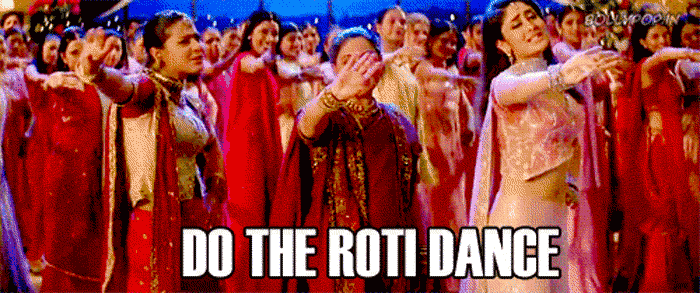
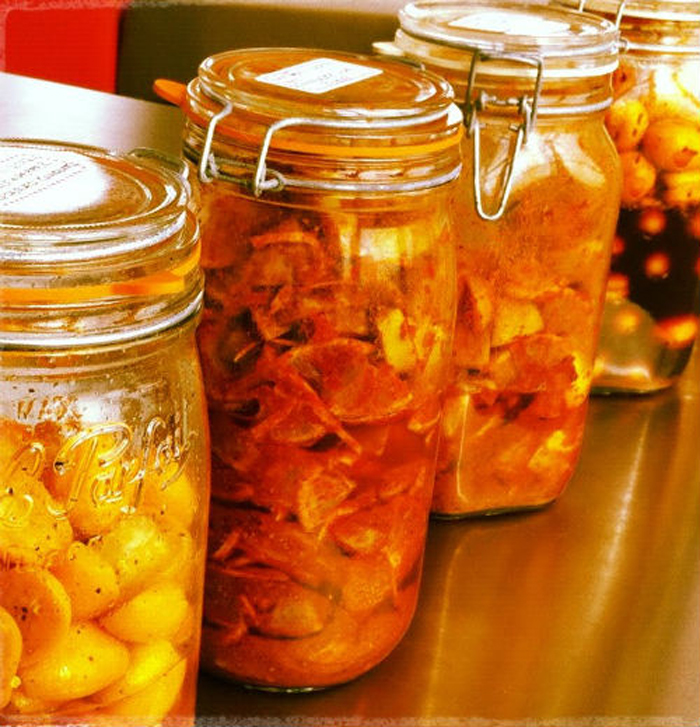
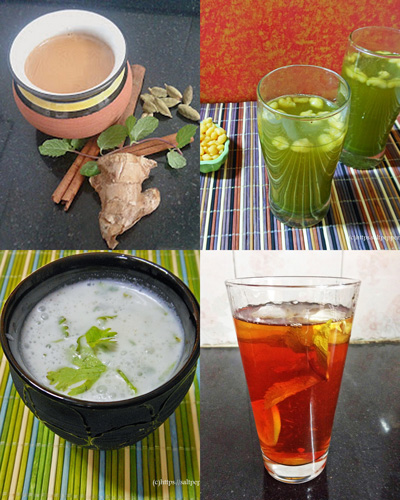
The everyday thaali
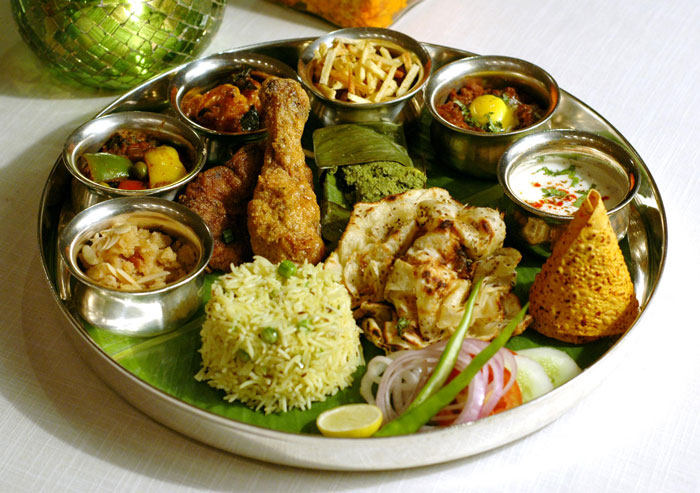


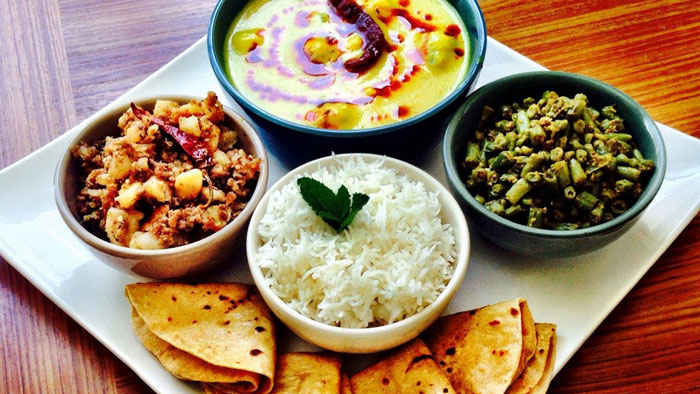
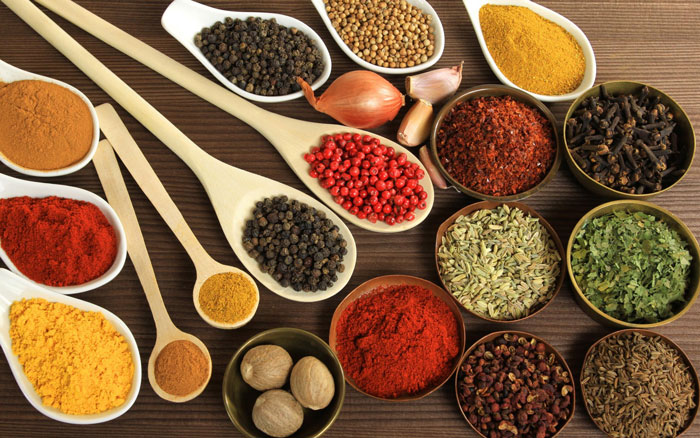
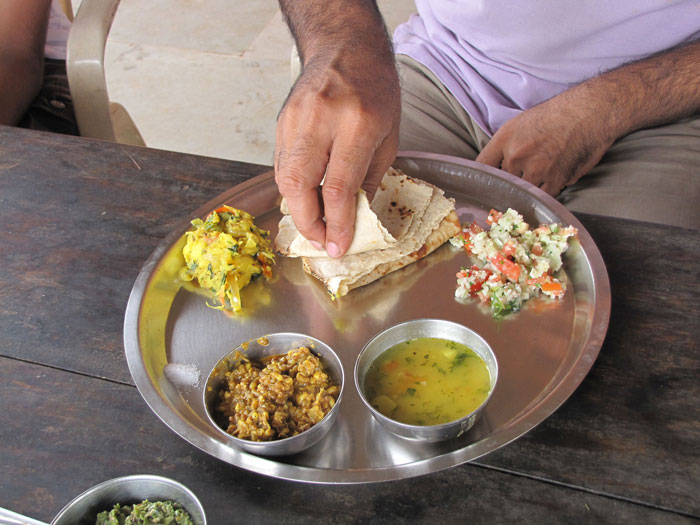
कोई टिप्पणी नहीं:
एक टिप्पणी भेजें